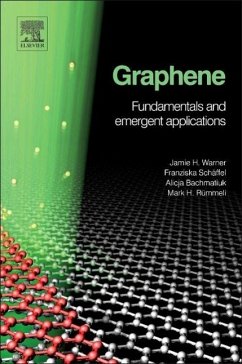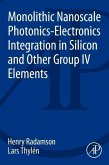Providing fundamental knowledge necessary to understand graphene's atomic structure, band-structure, unique properties and an overview of groundbreaking current and emergent applications, this new handbook is essential reading for materials scientists, chemists and physicists.Since the 2010 physics Nobel Prize awarded to Geim and Novosolev for their groundbreaking work isolating graphene from bulk graphite, there has been a huge surge in interest in the area. This has led to a large number of news books on graphene. However, for such a vast inflow of new entrants, the current literature is surprisingly slight, focusing exclusively on current research or books on previous "hot topic" allotropes of carbon.This book covers fundamental groundwork of the structure, property, characterization methods and applications of graphene, along with providing the necessary knowledge of graphene's atomic structure, how it relates to its band-structure and how this in turn leads to the amazing properties of graphene. And so it provides new graduate students and post-docs with a resource that equips them with the knowledge to undertake their research.
"As 'the building block for understanding the structure of fullerenes, nanotubes, and graphite,' graphene promises to solve many problems related to a range of materials applications. Writing for senior undergraduate and beginning graduate students in materials sciences, Warner.and collaborators present six 'relatively self-contained' chapters intended to convey the necessary basic information about graphene in relation to a broad variety of topics." --Reference and Research Book News, December 2013








